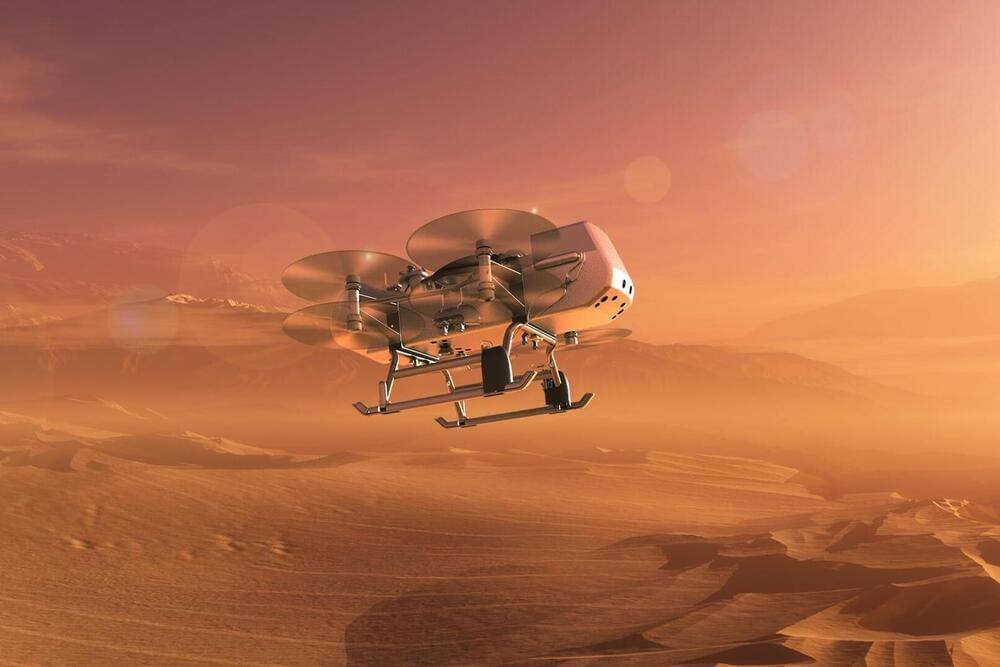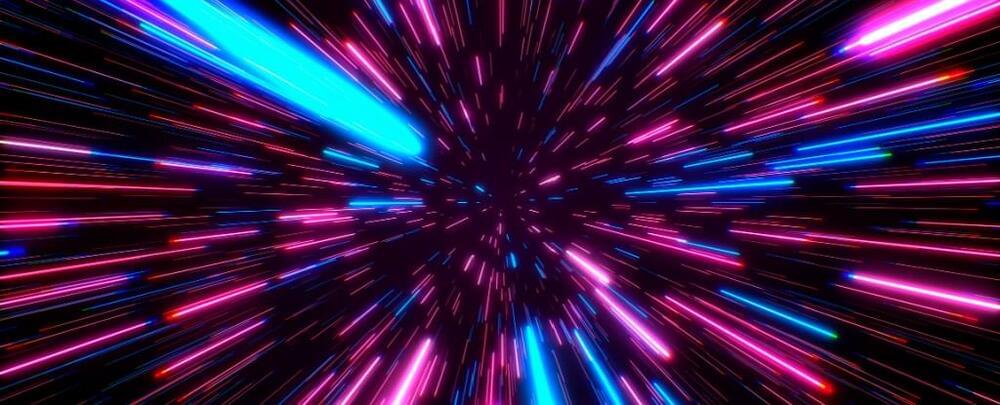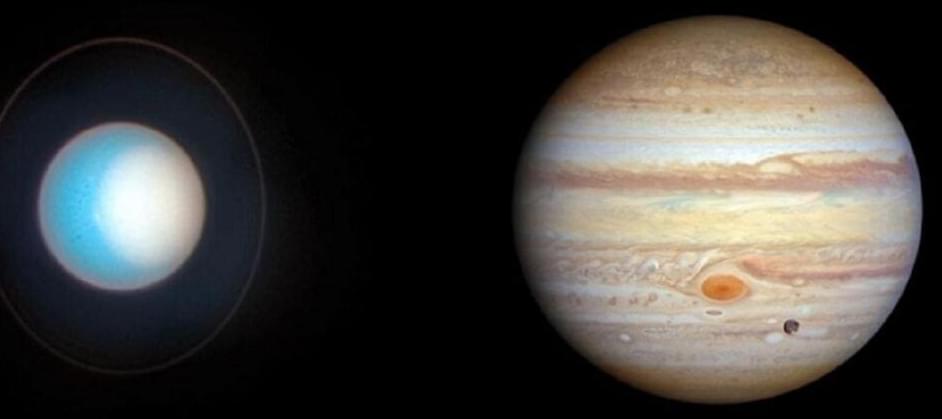A Paperclip Maximizer is an example of artificial intelligence run amok performing a job, potentially seeking to turn all the Universe into paperclips. But it’s also an example of a concept called Instrumental Convergence, where two entities with wildly different ultimate goals might end up acting very much alike. This concept is very important to preparing ourselves for future automation and machine minds, and we’ll explore that today.
Visit our Website: http://www.isaacarthur.net.
Support us on Patreon: https://www.patreon.com/IsaacArthur.
SFIA Merchandise available: https://www.signil.com/sfia/
Social Media:
Facebook Group: https://www.facebook.com/groups/1583992725237264/
Reddit: https://www.reddit.com/r/IsaacArthur/
Twitter: https://twitter.com/Isaac_A_Arthur on Twitter and RT our future content.
SFIA Discord Server: https://discord.gg/53GAShE
Listen or Download the audio of this episode from Soundcloud: Episode’s Audio-only version: https://soundcloud.com/isaac-arthur-148927746/the-paperclip-maximizer.
Episode’s Narration-only version: https://soundcloud.com/isaac-arthur-148927746/the-paperclip-…ation-only.
Credits:
The Paperclip Maximizer.
Episode 201a, Season 5 E36a.
Written by:






